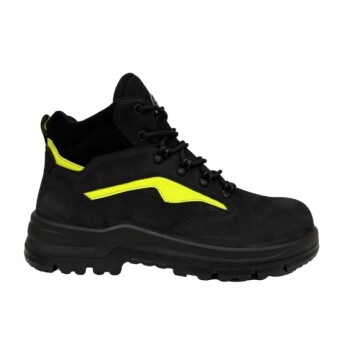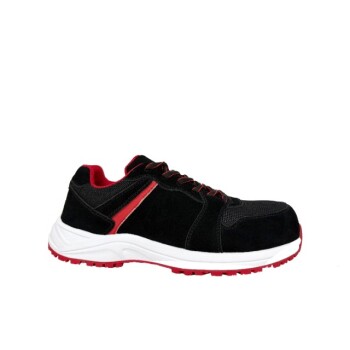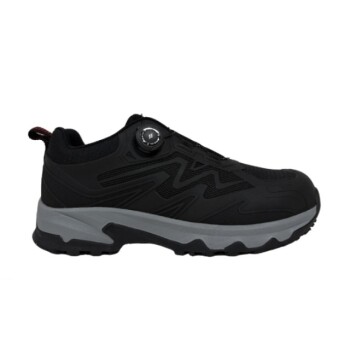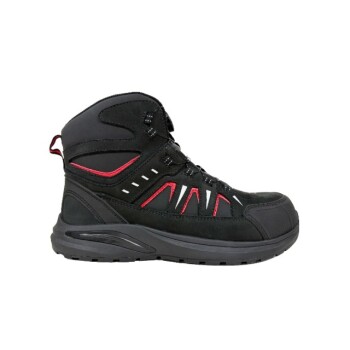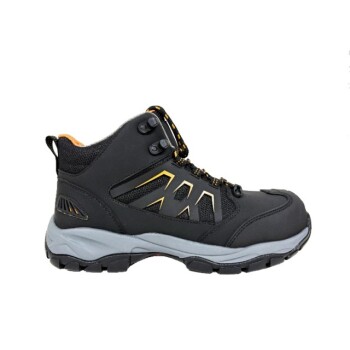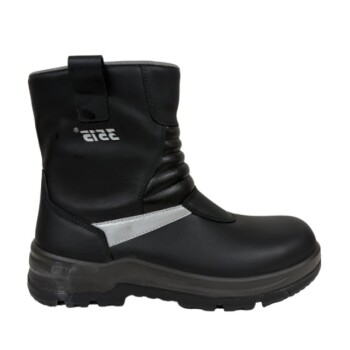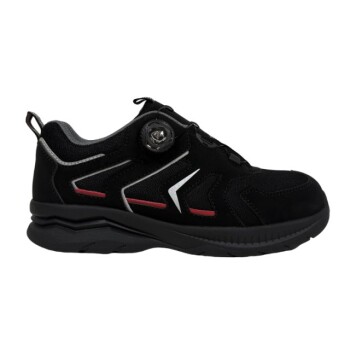Yes, in nearly all cases, employers are required to provide steel-toe rubber boots at no cost. The Occupational Safety and Health Administration (OSHA) classifies this type of footwear as specialty Personal Protective Equipment (PPE) because it provides protection beyond a standard safety-toe shoe. When a specific job hazard necessitates such specialty equipment, the payment obligation falls to the employer.
The core principle is straightforward: If the required footwear has specific safety attributes (like chemical or water resistance) that make it unsuitable for everyday use outside of work, OSHA requires the employer to pay for it.
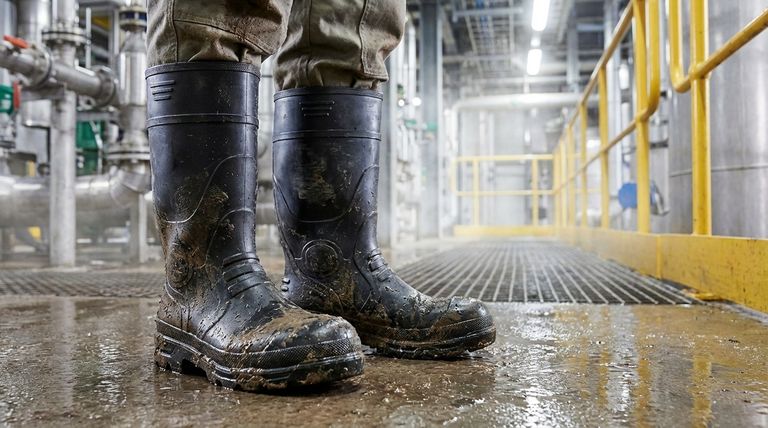
The OSHA PPE Payment Rule Explained
Understanding the "why" behind this rule requires looking at how OSHA categorizes different types of safety equipment. The employer's financial responsibility is directly tied to whether the PPE is considered standard or specialized.
The "Specialty" Footwear Distinction
OSHA draws a clear line between ordinary safety-toe footwear and specialty boots. A standard steel-toe work boot or shoe is something an employee could conceivably wear to and from work or for personal projects.
Steel-toe rubber boots, however, are different. Their primary features—like waterproofing or chemical resistance—are designed to protect against specific workplace hazards that are not encountered in daily life. This specific, non-ordinary function is what classifies them as specialty equipment.
Employer's Duty to Provide
Under OSHA standard 29 CFR 1910.132, the employer must assess the workplace to determine if hazards are present that necessitate the use of PPE. If that assessment determines that an employee needs steel-toe rubber boots to be protected from a hazard (e.g., standing water, chemicals, wet concrete), the employer is obligated to provide this equipment at no cost.
Understanding the Exceptions and Nuances
While the rule for specialty boots is clear, it's important to understand the context of OSHA's broader footwear payment policy. The nuances typically apply to more standard types of safety shoes.
What Employers Are Not Required to Pay For
The primary exception to the payment rule involves non-specialty safety-toe footwear. An employer is generally not required to pay for standard steel-toe boots or shoes if they meet two conditions:
- They are the type of footwear that can be worn off the job site.
- The employee is allowed to take them home.
This exception recognizes that such footwear can be considered part of a normal work uniform that the employee owns.
The "Usable Off the Job" Test
The determining factor is whether the equipment is uniquely suited for the workplace. Steel-toe rubber boots almost always fail this test because their specific design makes them impractical for personal, off-duty use.
Therefore, an employer cannot typically require an employee to purchase their own steel-toe rubber boots as a condition of employment.
Making the Right Choice for Your Role
The decision-making process for both employers and employees should be grounded in the specific hazards of the job.
- If you are an employer: Your responsibility is to conduct a thorough hazard assessment. If that assessment shows a need for boots with specific protective qualities beyond impact resistance (like waterproofing), you must provide and pay for them.
- If you are an employee: If your job requires you to work in conditions where steel-toe rubber boots are necessary for your safety, your employer must provide this specific equipment at no cost to you.
Ultimately, OSHA's regulations are designed to ensure that the cost of specialized safety equipment never becomes a barrier to a worker's protection.
Summary Table:
| Key Point | Explanation |
|---|---|
| OSHA Rule | Employers must pay for specialty PPE required for job-specific hazards. |
| Specialty Boots | Steel-toe rubber boots (waterproof/chemical-resistant) are considered specialty PPE. |
| Employer's Duty | Must provide at no cost if a hazard assessment deems them necessary. |
| Exception | Standard steel-toe boots (usable off-job) may not require employer payment. |
Need Reliable, High-Quality Safety Footwear for Your Team?
As a large-scale manufacturer, 3515 produces a comprehensive range of footwear for distributors, brand owners, and bulk clients. Our production capabilities encompass all types of safety shoes and boots, including durable steel-toe rubber boots that meet stringent safety standards. Ensure your workforce is protected with gear you can trust.
Contact us today for a quote and to discuss your specific needs.
Visual Guide
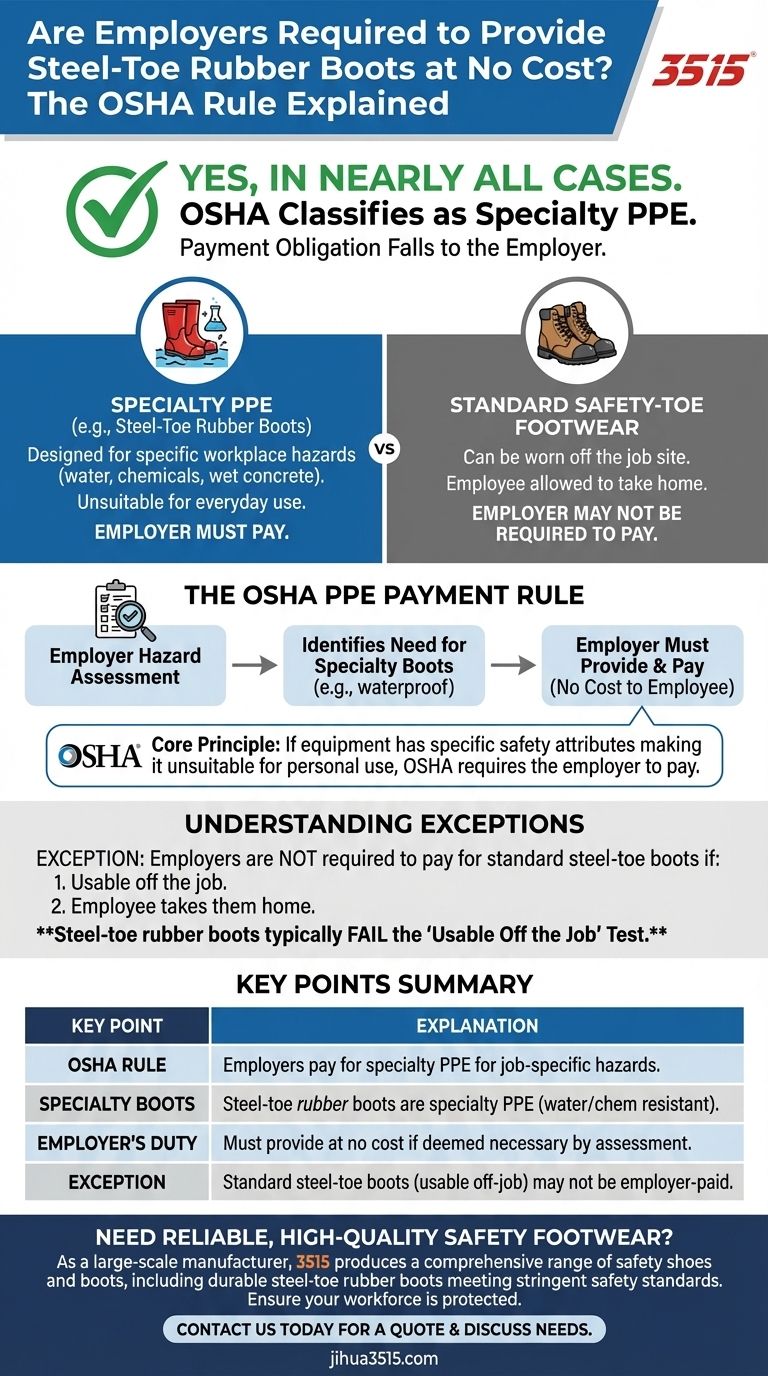
Related Products
- Wholesale Premium Waterproof Nubuck Safety Shoes Boots
- Premium Suede Sport Safety Shoes for Wholesale & Bulk Orders
- Advanced KPU Athletic Safety Shoe with Steel Toe Cap Anti-Slip Rotary Lacing System
- Heavy Duty Nubuck Safety Boots Safety Shoes for Global Distribution
- Premium Sport Style Safety Boots for Bulk Orders
People Also Ask
- What are the key safety features to consider when choosing work boots? Ensure Maximum Protection for Your Job
- What are the advantages and disadvantages of steel toe boots? A Guide to Maximum Protection vs. Comfort
- What protection do work boots offer against sharp objects? Your Guide to Puncture-Resistant Footwear
- What safety boots are recommended for the manufacturing industry? Ensure Complete Protection & Comfort
- What types of safety shoes are appropriate for different work environments? Choose the Right Protection for Your Job
